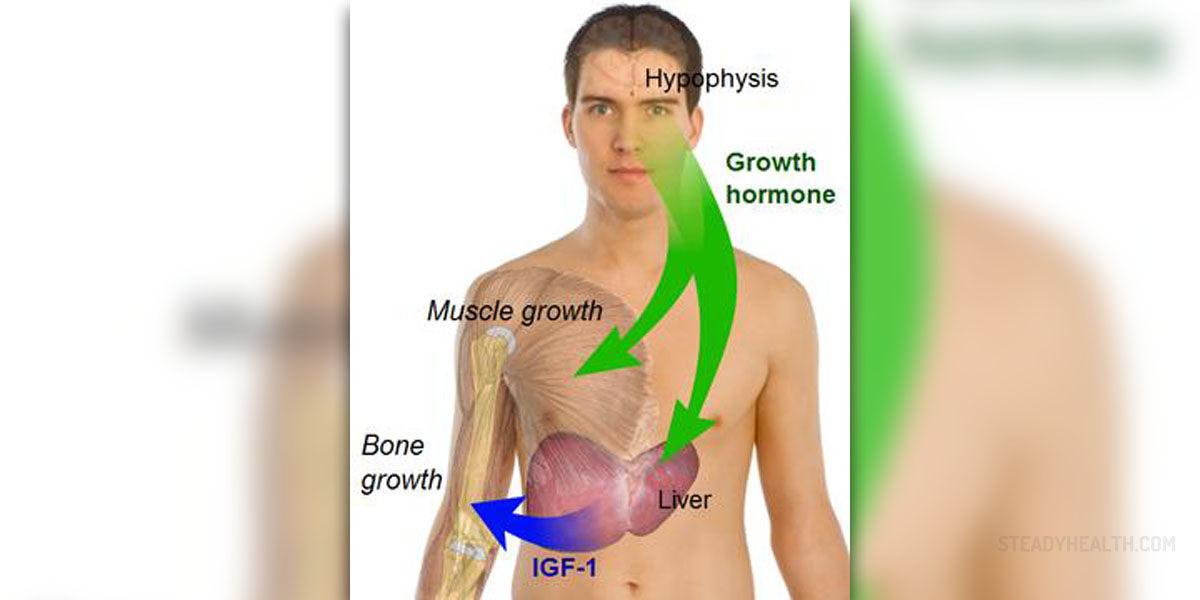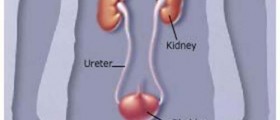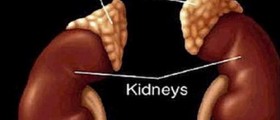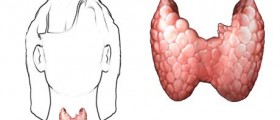
Endocrine glands are important part of the endocrine system. These glands release their products – hormones, in humans’ blood directly. Other glands usually have a duct used to release secretions to the rest of the system. There are many endocrine glands in the human body and the most important ones are pituitary gland, pancreas, ovaries, testes, thyroid gland, and adrenal glands. Some body organs are also known for their endocrine activity, including the hypothalamus of the brain and stomach. This article deals with some of the most important endocrine glands of the human body.
Pituitary gland
This gland is also known under the name hyphopisis. This is a small gland, about the size of a pea. It usually weights just about 0.5 grams and it is located at the bottom of the hypothalamus at the base of the brain. More precisely, it is nested in a small bony cavity protected by dural fold. This important gland produces no less than nine hormones, and each of them is required for normal functioning of the body. Pituitary gland regulates growth, blood pressure, some aspects of pregnancy, breast milk production, functioning of sex organs, proper function of thyroid gland, metabolic processes, regulation of water in the body, osmolarity and temperature regulation.
Pancreas
This gland is positioned in the digestive system and releases a number of important hormones such as insulin, glucagon, and Somatostatin. It aids in digestion of food and helps to break down carbs, proteins and lipids.
Ovaries
These are endocrine glands engaged in production of ovum, or reproductive cells. Ovaries are important for secretion of estrogen and progesterone. They are important for normal development of secondary sex characteristics, maintenance of the reproductive health, and normal menstrual cycle.
Testes
Testicles are components of both the reproductive system and endocrine system, just like ovaries. Their primary function is to produce sperm and male hormones, primarily testosterone.
Thyroid gland
This is one of the largest endocrine glands. It is shaped like a butterfly and situated at the base of the neck. This gland releases hormones that are responsible to control the rate at which body uses energy, makes proteins and to what extent it is sensitive to other hormones. Thyroid gland releases thyroid hormones, and the main ones are triiodothyronine (T3) and thyroxine (T4).
Adrenal gland
Adrenal gland is positioned on the top of the kidneys. It is triangular and releases hormones in response to stress through the synthesis of corticosteroids. Primary hormones produced by this gland are cortisol and epinephrine. This gland is responsible for kidney function, and regulation of osmolarity of blood plasma.













-In-Adults_f_280x120.jpg)


Your thoughts on this
Loading...